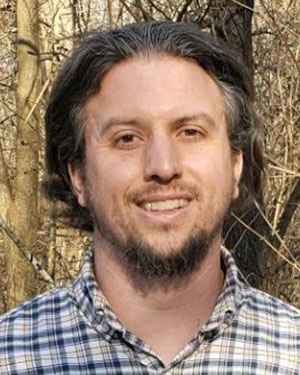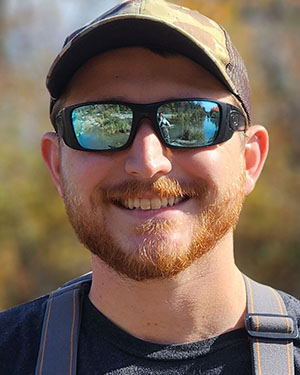
The University of Houston Coastal Center and the Texas Parks and Wildlife Department co-hosted the third annual Coastal Prairies Restoration Practitioners Forum on April 17–18, 2024, in Cove, Texas. After the successful 2023 forum in Goliad — highlighted by the dancing Attwater’s prairie chicken — we moved to the eastern Texas Gulf Coast Prairie. However, regardless of the forum location, we always address topics that will apply to any practitioner in the coastal prairie universe.
Forum sessions covered topics useful for hands-on practitioners who make decisions on measurement and monitoring of soil carbon, using Floral Quality Assessment to monitor prairie ecology, managing invasive species, drone technology, managing a wetland and coastal prairie matrix, and prescribed grazing. Two coastal prairie case studies were presented for discussion. The forum was structured to allow presenters time for an in-depth discussion with attendees in the auditorium and in the field.
Attendees had the opportunity for field trips to discuss restoration strategies at sites where prairie restoration and management are in progress.
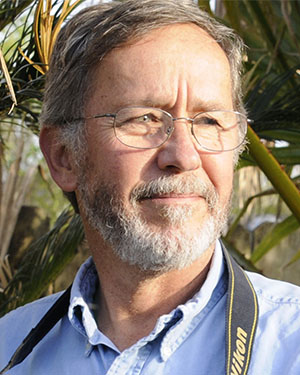
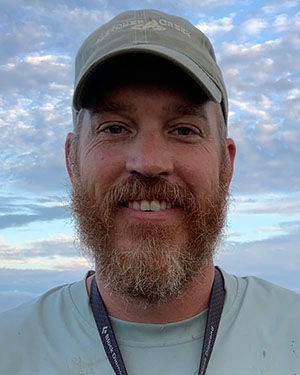
Trey.Barron@tpwd.texas.gov
361-576-0022 (Office)
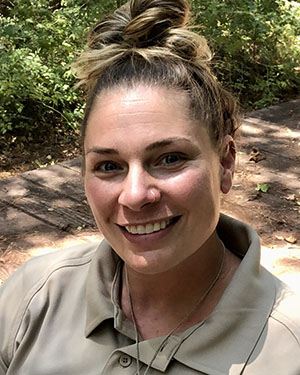
Kristin_Fritz@fws.gov
409-267-3337, ext. 123 (Office)
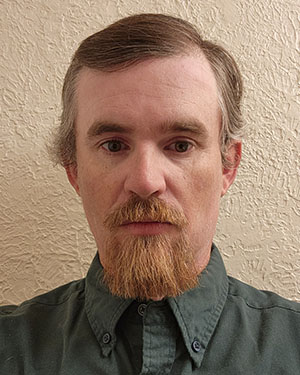
Philip.Pauling@tpwd.texas.gov
409-736-2551, ext. 34 (Office)
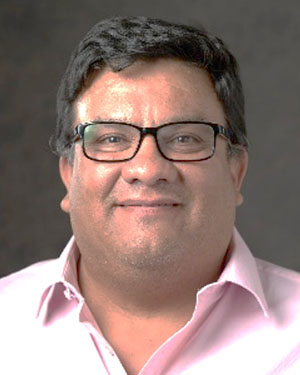
In 2004, he created the Bolivian Natural Resources Digital Center. He collaborated with Museo de Historia Natural Noel Kempff Mercado (Santa Cruz, Bolivia) to launch the Geospatial Center for Biodiversity 2013. Humberto has been part of research teams in the U.S., U.K., Bolivia, and Puerto Rico in the fields of rangeland ecology, wildlife ecology, livestock-wildlife interactions and their integration at different scales. He received his B.S. in Agronomy from Universidad Mayor de San Simon, Cochabamba, Bolivia. His M.S. in Forestry and Ph.D. in Rangeland Ecology and Management were both earned at Texas A&M University.
Humberto.perotto@ag.tamu.edu
979-314-8466
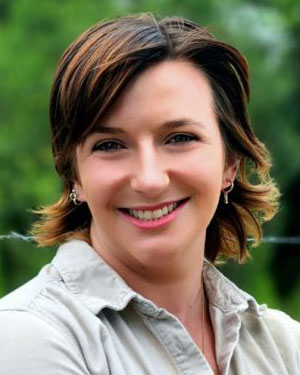
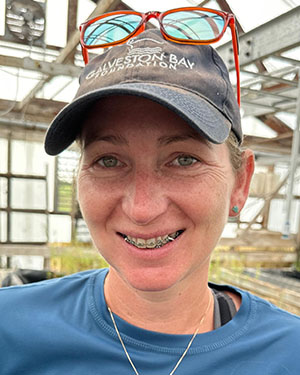
rsimmons@galvbay.org
832-536-2276 (Direct), 281-332-3381, ext. 224 (Main)
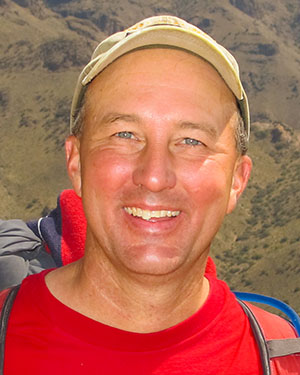
Jason is an authority of tallgrass prairie flora and ecology regions of Texas (95 counties) driven from his youth where he explored the prairies of the southern Flint Hills of Kansas. He has described six discovered plant species that are endemic to Texas. His scientific publications on the flora and plant ecology of Texas number over 130. He is a co-author of Rare Plants of Texas (Texas A&M Press-2008). He contributed a chapter on “Eastern Texas Prairie Landscapes” to Southeastern Grasslands (University Alabama Press-2018). He and three other co-authors with Texas A&M Press will produce a book on Rare Plant Communities of Texas to be published in 2026. His B.S. and M.S. in Agricultural Science are from Stephen F. Austin State University.
jason.singhurst@tpwd.texas.gov
512-389-8726 (Office)
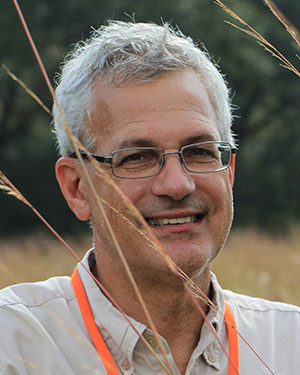
andrew.sipocz@tpwd.texas.gov
281-456-8266, ext. 229 (Office)
